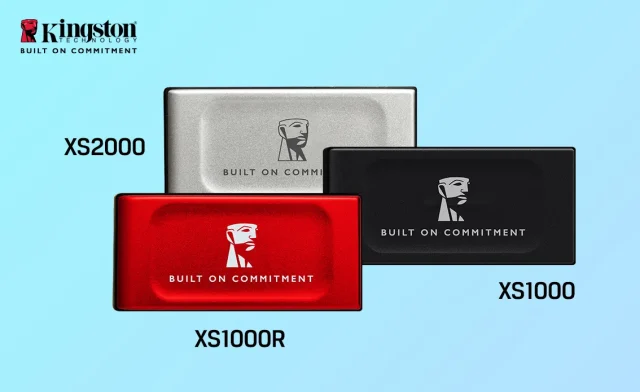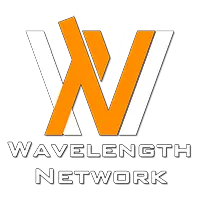The internet is a vast and fascinating digital space. Where else can you find cat memes, do your banking, check your calendar, connect with friends and family, and get directions, all in one place? With so much information at your fingertips, it’s hard to grasp just how much exists online. Every website requires maintenance, editing, and content updates, and for many people, managing websites is their full-time job. Many sites rely on a Content Management System (CMS), which allows website owners and managers to post and edit content with ease. For instance, a business owner might embark on some WordPress design in Melbourne, Australia.
In this article, we’ll demystify CMS platforms and provide a beginner-friendly guide to how they work. If you’re keen to learn more about CMS, keep reading.
What is a CMS?
A Content Management System is a web-based software application that enables you to build, manage, and modify a website without needing to code from scratch. It allows individuals without technical expertise in web design to create and maintain their websites effortlessly.
A CMS lets you create, modify, publish, and manage content using an intuitive interface. You can customise every aspect of your website, from its design to its functionality.
For example, a retail business can build an online store using a CMS, while a service-based business can create a website detailing its offerings. Many CMS platforms also support multiple users, allowing business partners or teams to collaborate on managing a website together.
How Does a CMS Work?
To understand how a CMS functions, it helps to first understand how websites are built manually.
Building Websites Without a CMS
Traditionally, building a website requires a web designer to start with HTML (HyperText Markup Language), the foundational code for web pages. HTML structures the site, adding elements such as images, text, navigation bars, and content blocks. CSS (Cascading Style Sheets) is then used to style these elements according to the brand’s design, and JavaScript is added to introduce interactive features like pop-ups or Calls to Action (CTAs).
Once complete, the code must be uploaded to the website’s server to make it live. Any future changes require downloading the files, manually editing the code, and re-uploading everything—while ensuring there are no broken links or errors.
A CMS simplifies this entire process by providing an easy-to-use interface where anyone can manage and update their website without dealing with coding.
CMS Functions
A CMS consists of two key components:
- Content Management Application (CMA): This is the user-friendly interface where website content can be created, modified, and organised.
- Content Delivery Application (CDA): This processes and stores the content, transforming it into a live, functional website.
Instead of coding a site from scratch, CMS users can utilise the CMA to add text, format it, insert images and forms, and customise layouts through drag-and-drop functionality. The CDA then processes and displays the content seamlessly.
Popular CMS Platforms
Different CMS platforms cater to different needs. Some of the most widely used options include:
- WordPress: The most popular CMS, powering over 40% of the internet. It offers thousands of themes and plugins for customisation.
- Joomla: A more advanced CMS with flexible features, but it has a steeper learning curve.
- Drupal: Known for its robust security features, making it a top choice for government and enterprise websites.
- Shopify: Designed for e-commerce, this CMS simplifies setting up and managing an online store.
- Wix: A beginner-friendly, drag-and-drop CMS ideal for those with little to no technical knowledge.
Benefits of Using a CMS
1. No Coding Skills Required
One of the biggest advantages of a CMS is that anyone can build, manage, and update a website without needing to learn coding. Many platforms provide extensive tutorials and resources, allowing users to master them at their own pace.
2. SEO Optimisation
A CMS can help optimise your website for search engines. Many CMS platforms offer built-in SEO tools, allowing users to add meta descriptions, alt text, and structured headings to improve search rankings and boost online visibility.
3. Website Security
CMS platforms come with security features to protect websites and users’ data. Security plugins, encryption options, and regular updates help safeguard against hacking, malware, and data breaches. This is particularly important for businesses handling sensitive customer information.
4. Multi-User Collaboration
A CMS allows multiple users to collaborate on a website simultaneously. Business partners, marketing teams, and content creators can work together to maintain the site, reducing reliance on external web developers and saving time and costs.
Choosing the Right CMS for Your Needs
When selecting a CMS, consider the following factors:
- Ease of Use: If you’re a beginner, platforms like Wix or WordPress are excellent choices due to their intuitive interfaces.
- Customisation and Flexibility: If you need advanced customisation, Joomla or Drupal may be better suited.
- E-Commerce Capabilities: If you’re building an online store, Shopify or WooCommerce (a WordPress plugin) are ideal.
- Security: For handling sensitive data, Drupal is a strong contender due to its superior security framework.
CMS and Cyber Security
As websites become more complex, so do the risks associated with managing them. Cybersecurity threats such as hacking, malware, and data breaches are ongoing concerns for website owners. Many professionals working with CMS platforms seek additional expertise in cybersecurity to strengthen their online defences. For instance, pursuing a master’s program in cyber security can provide in-depth knowledge on securing websites, managing cyber threats, and protecting digital assets.
So there you have it – the basics of CMS platforms, explaining how they work and why they are a game-changer for businesses and individuals looking to establish an online presence. Whether you’re a business owner, an aspiring web developer, or simply looking to build your own website, understanding CMS is an essential skill in today’s digital world.
With the right CMS, you can create an engaging, secure, and well-optimised website—without needing extensive technical expertise. So, if you’re ready to build your website, explore the various CMS options available and choose one that best suits your needs!











